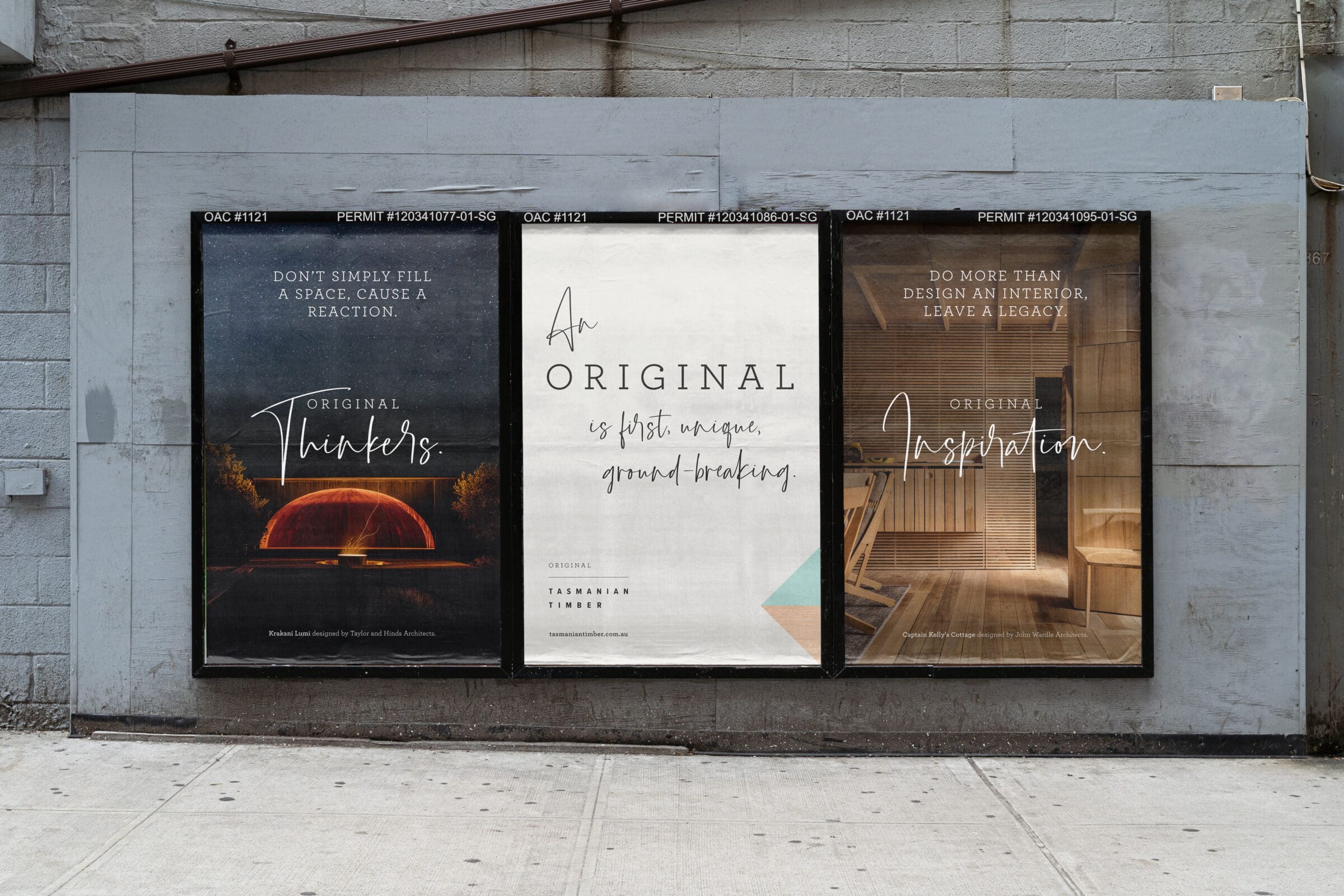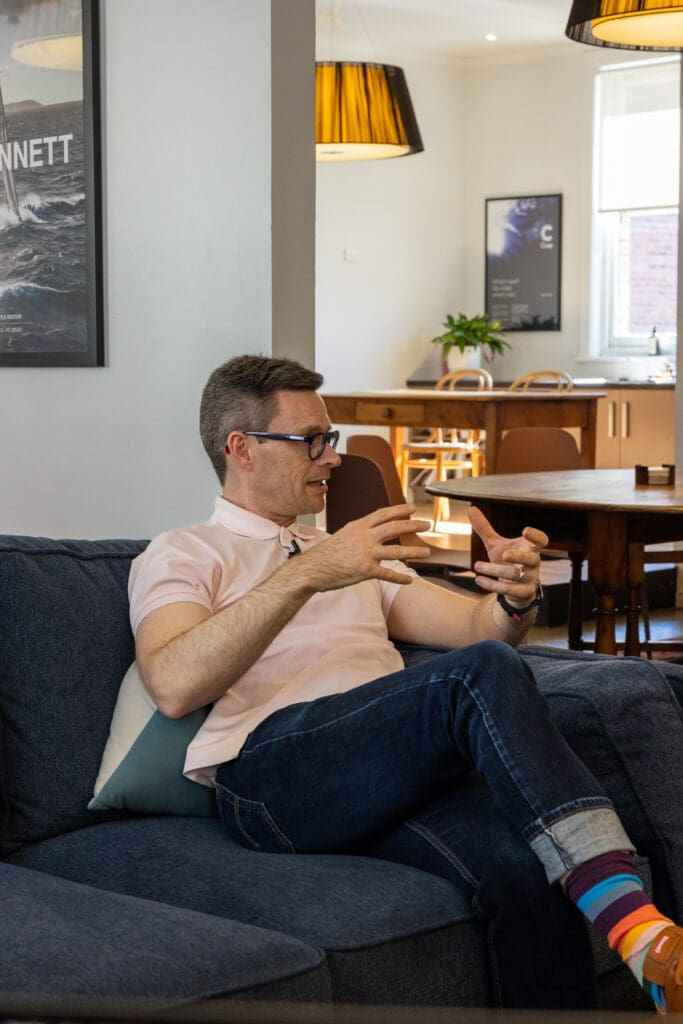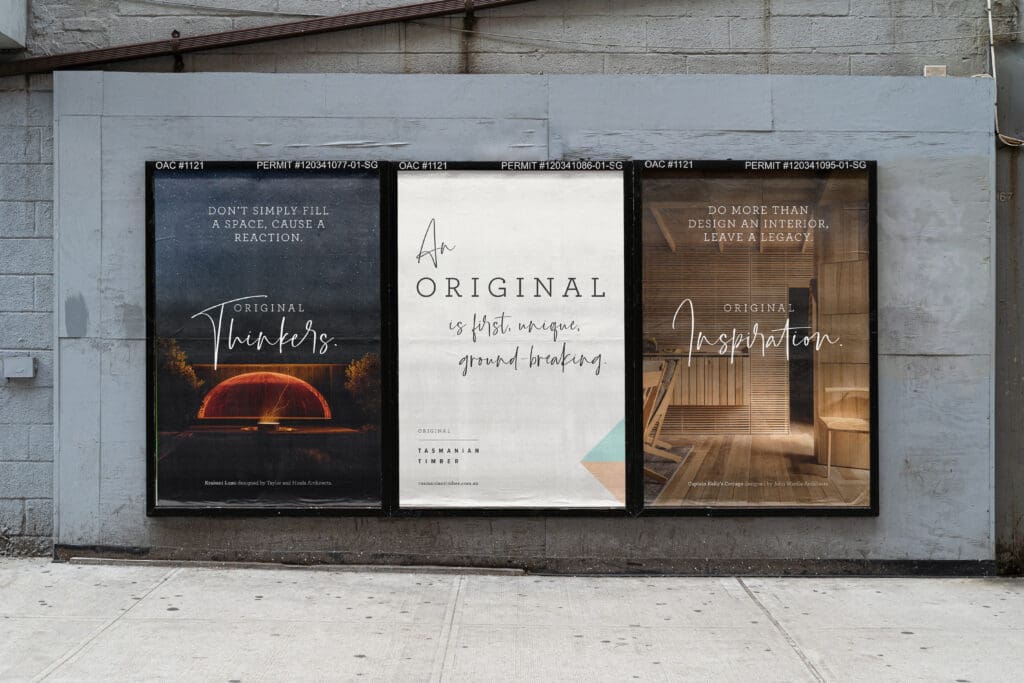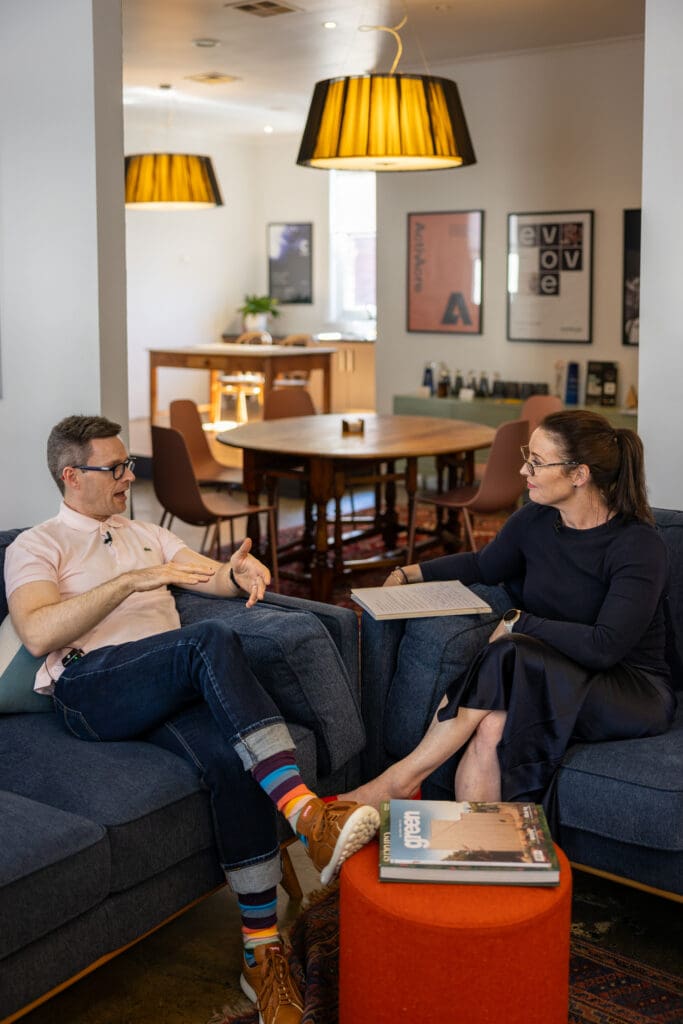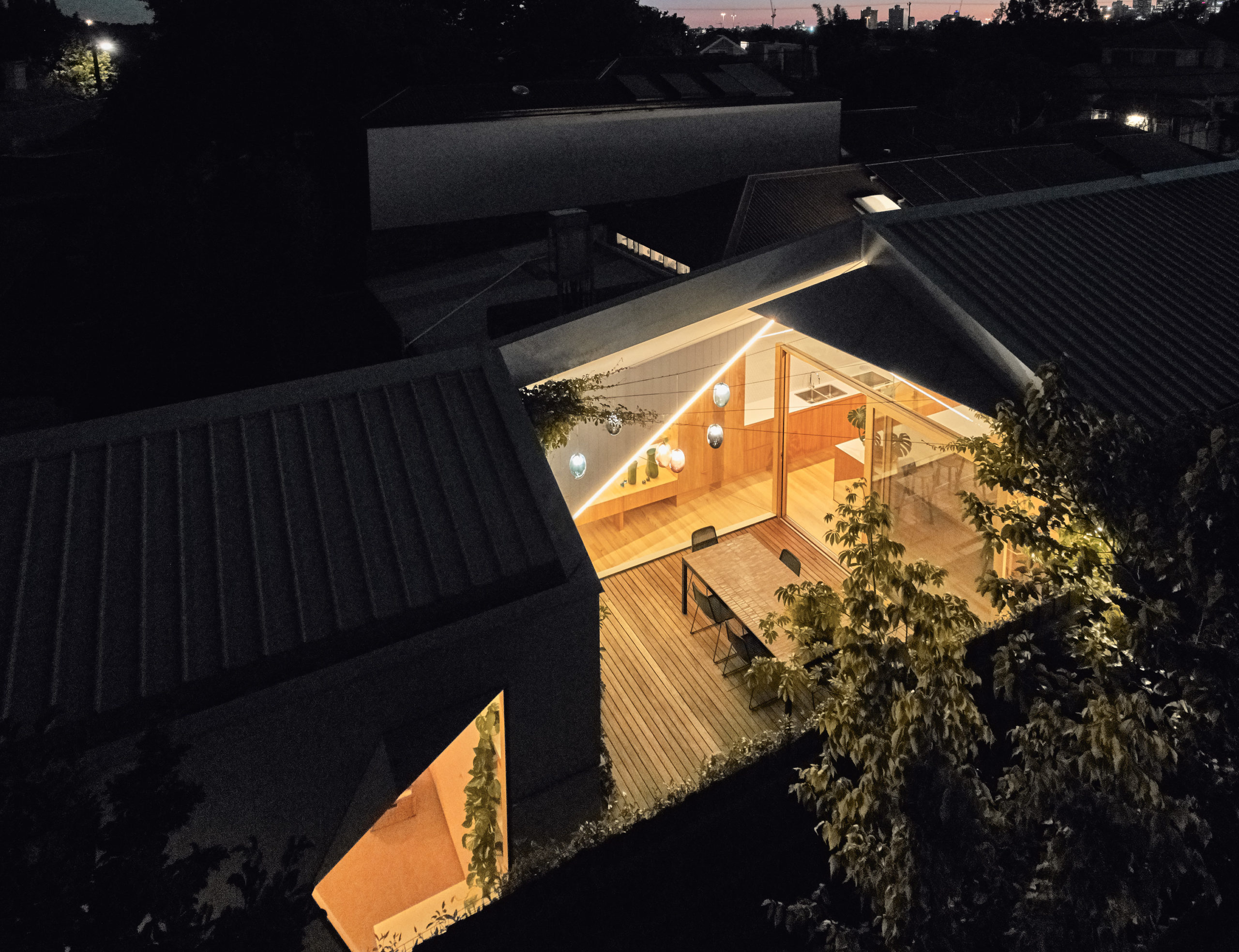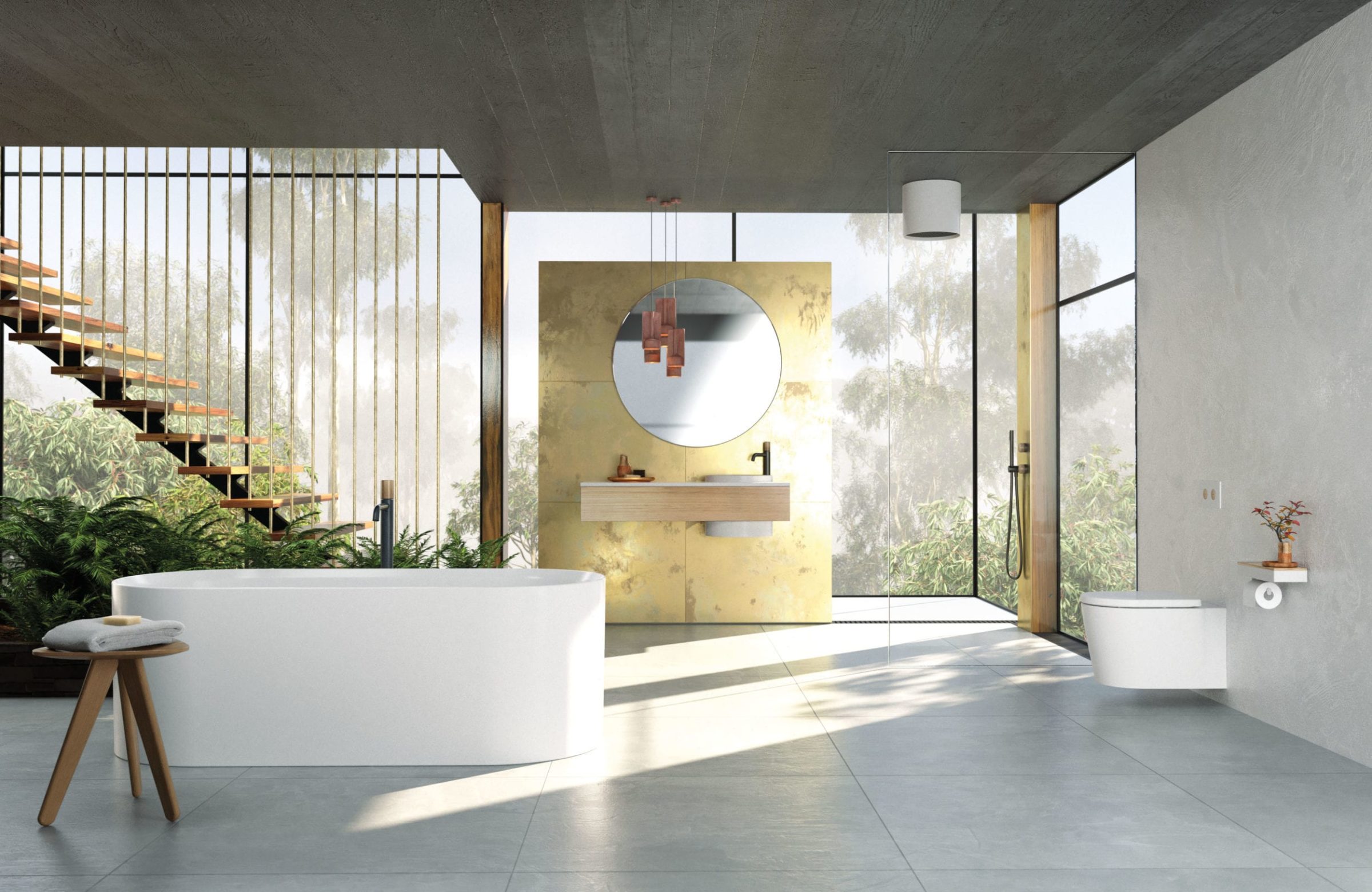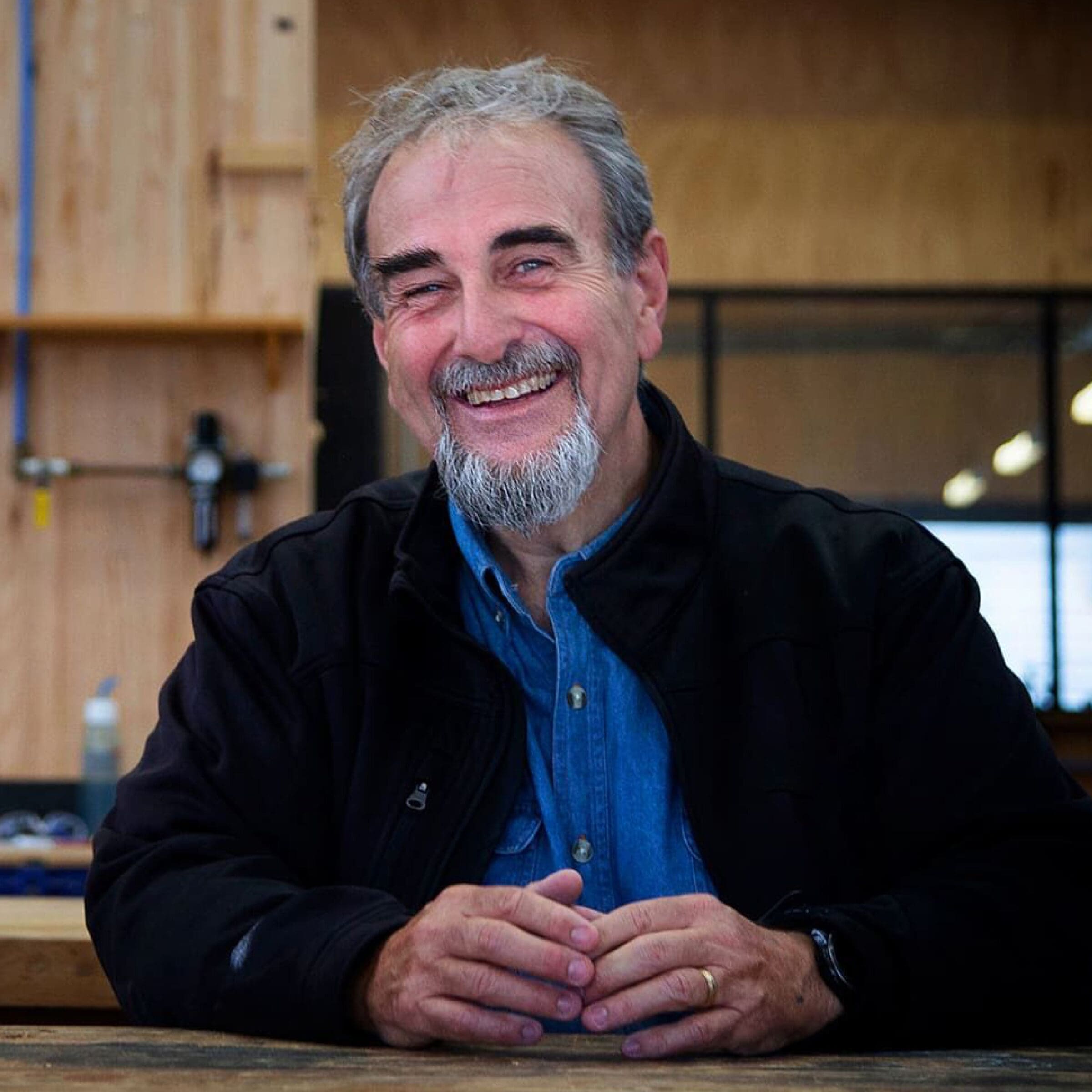Original Thinking: Tim McAllister on Branding, Purpose, and the Power of Design
Tim McAllister has been in the design game for over 26 years. Based in Northern Ireland, he’s the Creative Director of Bennett, a Tasmanian agency behind the award-winning Original Tasmanian Timber brand. With a career spanning Belfast, Dublin, London, and Australia, Tim’s experience covers everything from food packaging to fashion, and large-scale property branding. We caught up with him on the Original Thinkers Podcast while he was visiting Tasmania to talk about creativity, purpose, and what it means to build a brand that lasts.
Discovering a Passion for Design
“I was always very much into art and drawing,” Tim recalls. “I got a real interest in type, brands, and logos — not really knowing what they were at the time.” Encouraged by a design-savvy high school art teacher, Tim pursued his interest at Ulster University’s art college, specialising in graphic design and photography.
His early career took off at a business-focused agency in Belfast. “That was a spark moment for me,” he says. “I realised design wasn’t just about creativity for creativity’s sake — it was about using design to benefit the business and the product.”
This synergy between business outcomes and creativity has defined Tim’s approach ever since.
Building Brands with Purpose
Tim’s resume includes leading agencies in London and Dublin, working across sectors from fashion to manufacturing. “We brought a business lens to creativity, and it helped clients see that good design could actually shift the needle,” he says.
One of the biggest challenges? “A lot of businesspeople don’t always know what good design looks like,” Tim explains. “You have to earn their trust — by delivering results. When they see better sales or hear people talking about their product more, that’s when real collaboration begins.”
Design That Makes a Difference
It’s the work that impacts lives that Tim finds most rewarding. One standout moment came when he worked with the Northern Ireland Executive on a campaign following the peace agreement. “I’m not a brain surgeon,” he says. “But I believe good design can make a meaningful difference.”
Being based in Europe while working with an Australian agency gives Tim a global perspective. “It’s easy to become insular. I love being able to draw on what’s happening in London and New York — and bring that maturity of thinking into Australian projects.”
What Is a Brand?
“At its core, a brand is identity,” Tim explains. “It’s what you are and who you are as an organisation. Our job is to communicate that clearly — through logo, colour, language, and tone. We help simplify complex ideas so the audience instantly gets what you’re about.”
That simplicity isn’t easy. “People often don’t spend long enough digging to get to the core of their story,” he says. “The global brands we all recognise have one thing in common: clarity. You know what they stand for.”
At Bennett, brand strategy starts with research. “We talk to the staff, customers, founders — we want to understand not just what the business is, but where the perception is and where it should be.”
The Original Tasmanian Timber Brand
A standout example of Tim’s philosophy is the Original Tasmanian Timber brand — a campaign that’s taken home multiple national marketing awards. “What makes Tasmanian Timber special is that it’s the original,” he says. “It built the shearing sheds. It’s Australian to the core. We’ve stayed focused on that concept from day one.”
Visual and verbal consistency is key. “We’ve created brand codes so that when someone sees it — even without reading — they know it’s Tasmanian Timber. That’s what great branding does.”
Designing for the Built Environment
Tim has also developed brands for residential and commercial developments across Europe and Australia. “When you brand a building, you’re doing two things: selling it, and shaping the experience for residents once they move in.”
The brand needs to reflect everything from the building’s market position to its community values. “It’s about helping people picture their life there — whether they’re raising a family, retiring, or just starting out.”
The branding should be tactile too. “From the signage to the brochure paper, every touchpoint should reflect the quality of the building. Architects think about texture and light — the branding should complement that.”
Storytelling and Provenance
“People buy stories,” Tim says. “Given two similar products, they’ll always pay more for the one with a compelling story — one that speaks to heritage, craft, and care.”
That’s especially true in today’s conscious marketplace. “Consumers want to know where things come from — how they’re made. It’s the same with timber, food, or even furniture. People are willing to invest in quality.”
A Future of Craft and Creativity
“It’s getting harder to stand out, but that’s a good thing,” Tim reflects. “It pushes quality to the top. These are challenging times, but they’re also exciting — for those of us committed to doing better work.”
Listen to the full discussion on the Original Thinkers Podcast.


